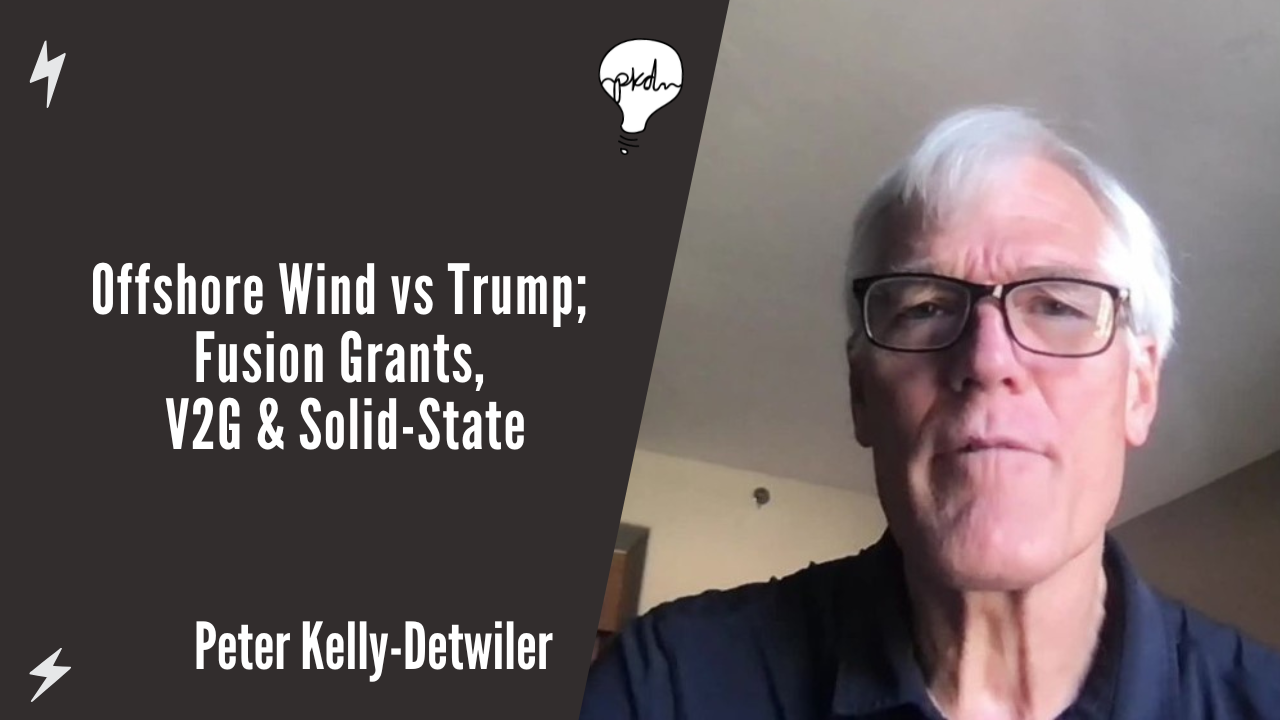The U.S. Energy Information Administration reported that California’s grid operator, CAISO, curtailed 3.4 million MWh of utility-scale wind and solar last year, up 29% from 2023. The majority of energy curtailed – 93% - came from solar because the solar duck’s belly is so fat it drags on the ground – especially in the spring when solar output soars and grid demand is low owing largely to the absence of AC load – or because there is inadequate transmission capability to move the juice. The EIA comments that some gas gen must remain running during the solar-saturated daylight hours so that it can ramp quickly enough to meet the evening peak. At times, demand net of solar may soar from close to zero to over 25,000 MW. Exports can help, as can batteries that can time-shift the energy Tummy-tucking the duck during the day and giving it a serious haircut in the evening.
Also in California, CAISO’s Independent System Operator Board of Governors has approved 31 new infrastructure projects worth $4.8 billion, to be built over the next 10 to 15 years. They are meant to help CAISO address the anticipated 76,000 MW of load growth by 2039, brought about by expanding populations of EVs, increased electrification, data center growth and general economic expansion.
As the Texas legislature wrapped up its activity for this year’s session, several pieces of legislation that would have crippled future solar contributions cleared the Senate but failed to make it through the House, to the relief of many concerned about the ability of the Texas grid to meet rapidly burgeoning demand. One would have required all large renewable installations to purchase gas as a back-up – gutting project economics. Another would have set up new fees and setback requirements, and a third would have stipulated that all renewables be matched one-for-one on a capacity basis with dispatchable assets (think gas). These proposed laws may re-surface in two years, but in the meantime, one pro-renewables law that did pass was SB 1202, that speeds up the permitting process for home solar and storage installations. The legislation will permit authorized third parties like licensed engineers to review associated documents and conduct required inspections, with a requirement to submit inspection results to regulators within 15 days. Once the approval documents are submitted, applicants can commence with construction, and regulatory bodies must issue approvals within two business days of initial notification.
Carbon capture and storage projects have already been having a tough go of it, but many projects’ futures just got a lot worse last week with the DOE’s cancelation of $3.7 billion in grants from its Office of Clean Energy Demonstrations, most of which were focused on carbon capture and sequestration. Among companies affected were Calpine, Exxon Mobile, Ørsted, and PPL. Many of these projects had been approved in the November to January interregnum between the Biden and Trump Administrations.
Advanced geothermal company Exceed Geo Energy and the Presidio Municipal Development District have inked a 110 MW geothermal power purchase agreement, which is intended to deliver more capacity and energy than the existing demand. The goal is to lure industries to the region – which sits at the far western edge of the Texas power grid on the border with Mexico, and occasionally suffers from lengthy power outages. Commercial operations are expected to commence in late 2026, with an initial 9.9 MW delivery, eventually expanding to 110 MW. Exceed is also collaborating with Austin Energy on a 5 MW geothermal project.
Swiss solar manufacturer Meyer Burger announced it is shuttering its 1.4 GW Arizona module production facility in Arizona, laying off 282 employees.The company blamed “lack of funds” though it said it’s discussing restructuring with an “ad hoc group of bondholders.” It also deep-sixed a planned solar cell manufacturing plant in Colorado in August. Meyer Burger was notable as the sole US producer of heterojunction technology modules.
Days after a widespread and sudden power outage over the Memorial Day weekend that put nearly 100,000 customers in Entergy and Cleco’s Louisiana service area, Entergy apologized to its customers in an email saying it was “deeply disappointed by Sunday’s outage event, which occurred when Entergy was directed by our reliability coordinator, MISO (the Midcontinent Independent System Operator), to bring many of our customers offline." MISO called for rolling blackouts in response to low power supplies, resulting from outages at two nuclear units, in order to avoid a larger shutdown or potential grid failure.
Entergy appeared to squarely place the blame on MISO, commenting, “We regret that Entergy was not provided with enough prior notice of the outage to prepare our customers for the potential loss of power.”
Entergy had initially stated that the outage was the result of an unexpected outage at the River Bend nuclear plant, but that plant went offline a full five days before the outage, so there was plenty of time to prepare. Some observers speculate that a breakdown in planning and forecasting between Entergy and MISO was the real underlying issue, but the true cause or causes may take some time to reveal.




















